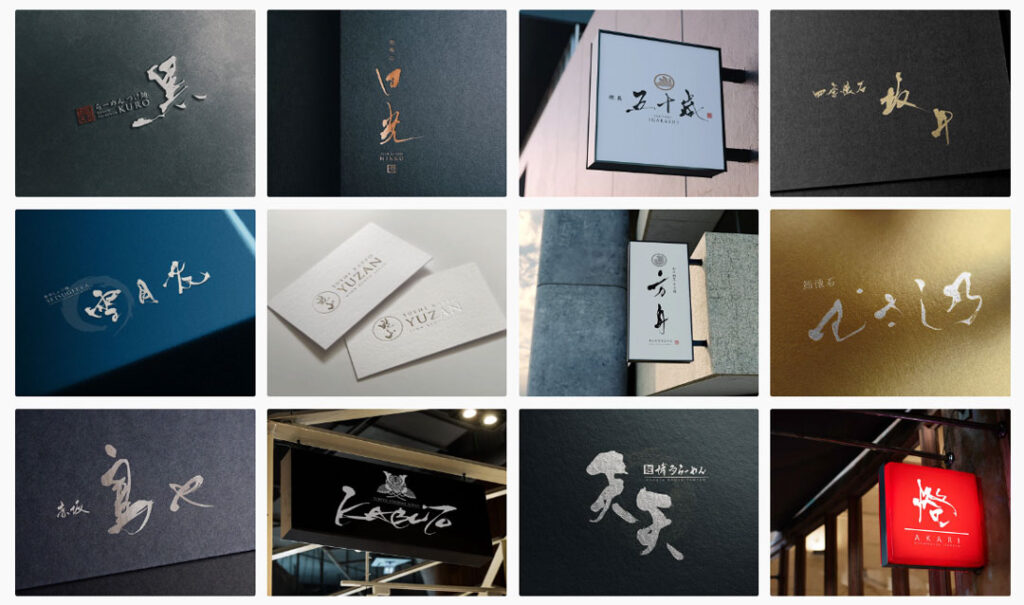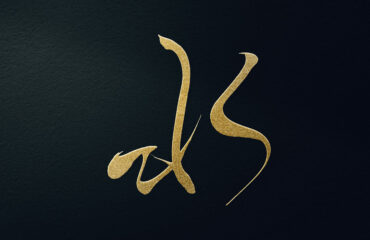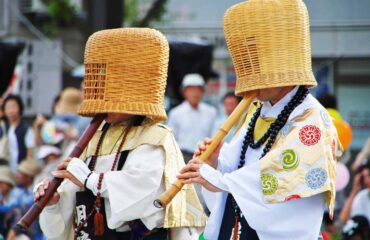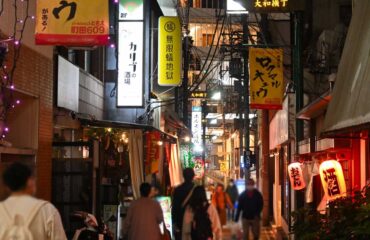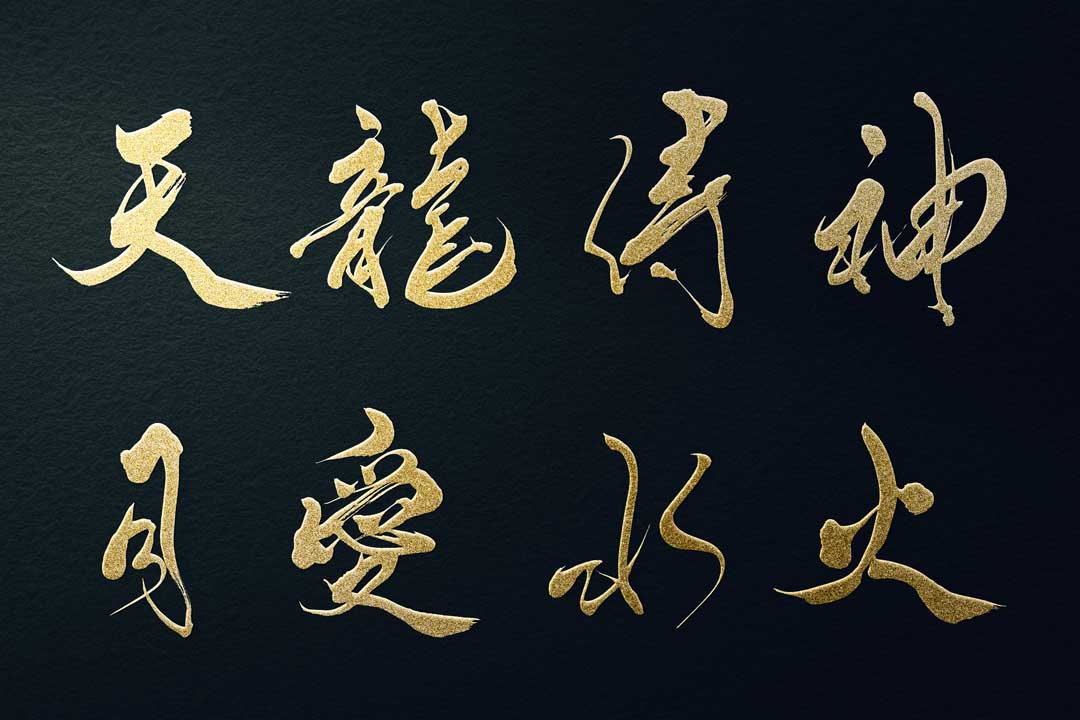
Introduction-What is Kanji
Kanji, an essential component of the Japanese writing system, has a long and fascinating history. Originally adopted from Chinese characters, kanji have evolved over time and now hold a unique place in the Japanese language.
In this article, we’ll explore the history and basic structure of kanji, delving into their origins and the significant role they play in Japanese written communication.
Kanji are logographic characters, meaning that each character represents a word or a concept, rather than a single sound.
The Japanese writing system incorporates three scripts: kanji, hiragana, and katakana.
While hiragana and katakana are syllabic scripts, kanji provide context and meaning to sentences. Learning kanji is an integral part of mastering the Japanese language and understanding the culture.
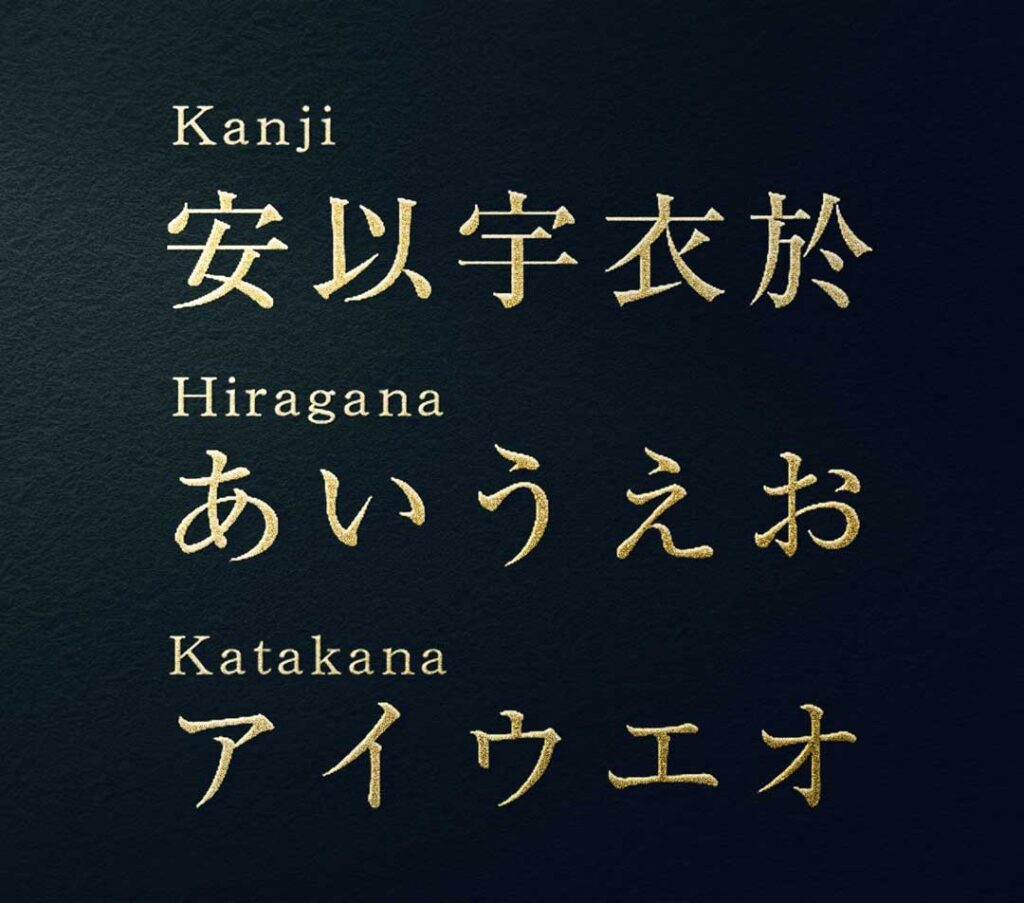
History of Kanji
The history of kanji can be traced back to ancient China, where they were initially developed.
It is believed that kanji were introduced to Japan through cultural exchange with China during the 5th century.
Chinese scholars and monks brought their knowledge of writing, religion, and arts to Japan, and as a result, kanji became an essential part of Japanese culture.
At first, the Japanese people used kanji primarily for religious and official purposes, such as writing Buddhist scriptures and government documents.
Over time, kanji were adapted and modified to better suit the Japanese language.
The early Japanese writing system, called “man’yōgana,” utilized kanji characters for their phonetic values rather than their meanings, eventually leading to the development of hiragana and katakana.
During the Heian period (794-1185), kanji underwent a significant transformation, with the development of “kana,” the two syllabic scripts derived from kanji.
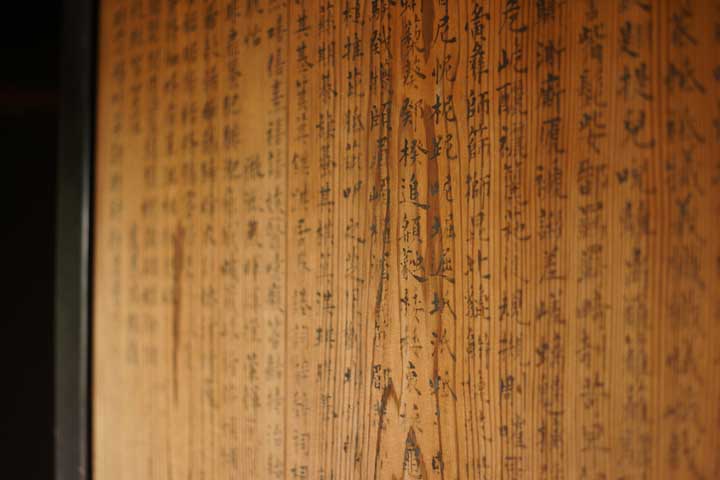
The invention of kana allowed for a more accessible writing system, and the fusion of kanji, hiragana, and katakana became the foundation of the modern Japanese writing system.
Throughout history, various attempts have been made to simplify and standardize kanji.
In the post-World War II era, the Japanese government introduced the “tōyō kanji” list, a set of 1,850 standardized characters for daily use.
Later, in 1981, the list was revised and expanded to 2,136 characters, known as “jōyō kanji.”
These characters cover the majority of kanji used in everyday life and are required for basic literacy in Japan.
How Kanji was created
It’s said that each Kanji symbol represents the shape of respective object.
Let’s take “目(Kanji symbol for eye)” as an example, you’ll notice that it looks like an “eye” if you rotate the symbol by 90 degrees.
Following section illustrates the origin of Kanji.
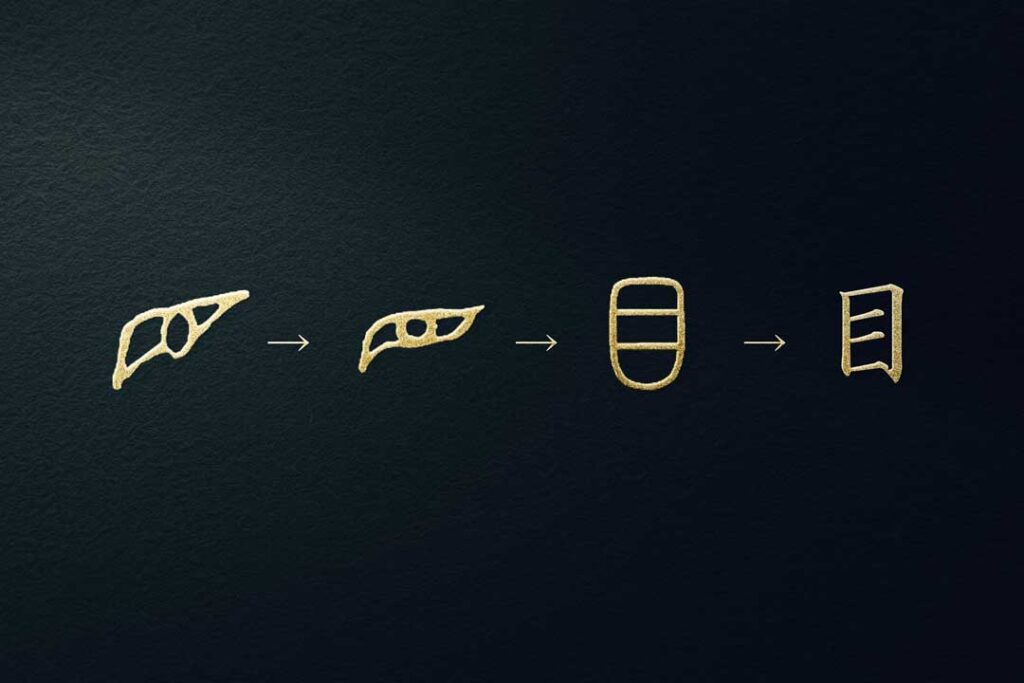
Basic Structure of Kanji
Kanji characters are composed of smaller units called “radicals” or “bushu.”
These radicals are the building blocks of kanji, and each has its own meaning and pronunciation.
By combining different radicals, a single kanji character is formed, representing a specific meaning and pronunciation.
There are around 200 radicals in the Japanese language, and understanding these components is crucial for learning and memorizing kanji effectively.
Radicals not only provide clues to a kanji’s meaning, but also help with organization and classification of kanji characters.
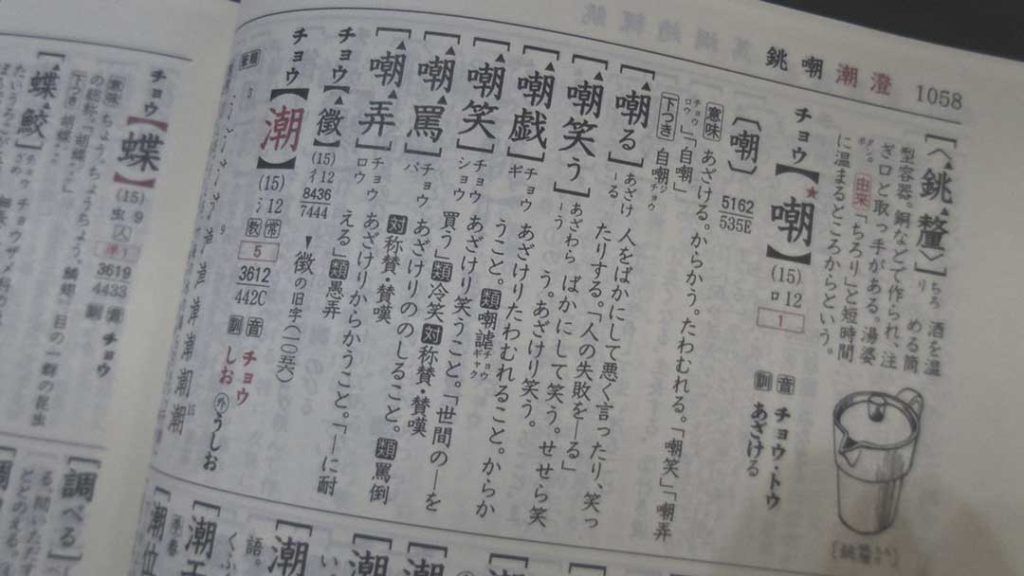
Reading of Kanji
Kanji symbols have two types of reading, Chinese reading which originates in China and Japanese reading which represents the meaning of the symbols in Japanese.
As Chinese reading is based on the Chinese pronunciation, their sounds only do not make any sense to Japanese people.
On the other hand, Japanese reading is based on the meaning of respective symbol so the sound itself makes sense.
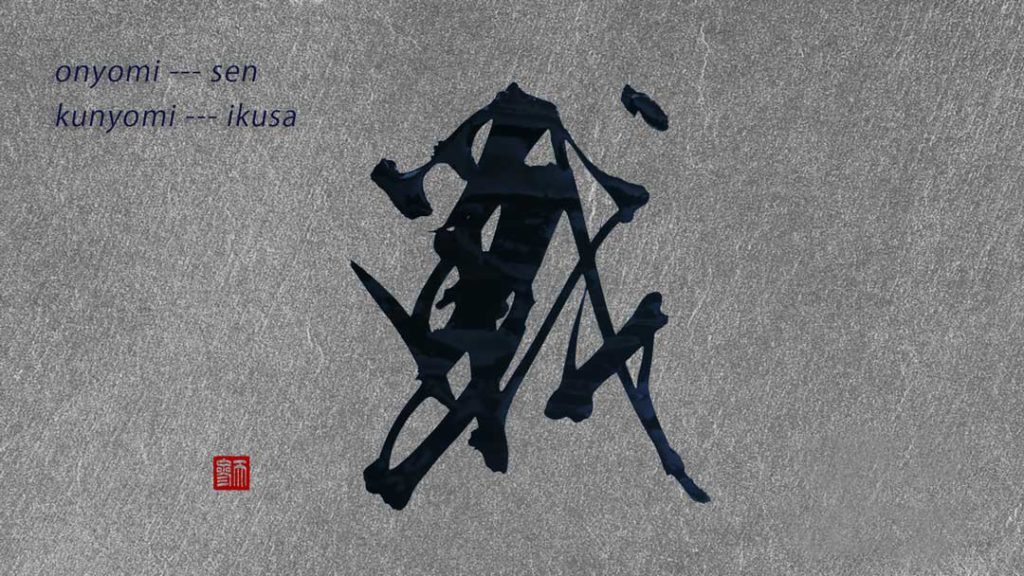
Writing of Kanji
Kaisho-tai (block style of Kanji symbols) is one of the writing styles of Kanji. In this style, Kanji symbols are written with one line at the time.
It is the basic style of Kanji writing.
Gyosho-tai (semi-curved style of Kanji symbols), unlike Kaisho-tai which writes one line at the time, writes several lines at one go.
However, you can read Gyosho-tai as long as you know Kaisho-tai as the look of the symbols is similar among these two styles.
This is not the case for Sosho-tai which is explained below.
Sosho-tai (cursive style of Kanji symbols) is also one of the writing styles of Kanji.
In order to write the symbols fast, a lot of lines are omitted, which is different from Gyosho-tai, other writing style of Kanji.
There’s no regularity in which lines to be omitted so you need to remember the shape of each symbol to be able to read and write in Gyosho-tai.
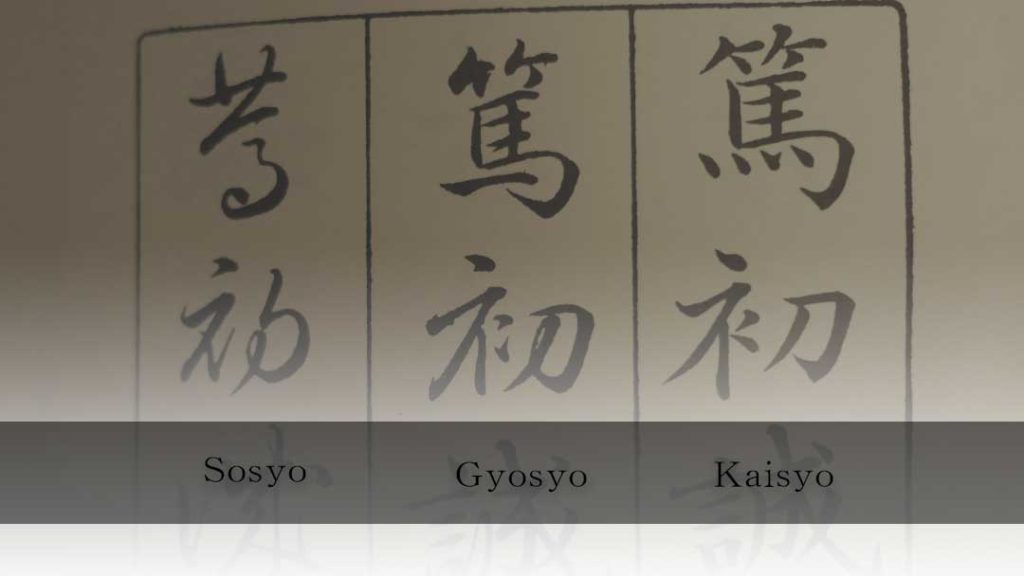
Kanji in Calligraphy and Art
Kanji’s unique beauty and expressiveness make them a popular choice for calligraphy and various forms of art.
Japanese calligraphy, known as “shodo,” is a traditional art form that involves the skillful use of brush and ink to create visually stunning kanji characters.
The elegance and balance of each stroke embody the artistry and discipline required to master this ancient practice.
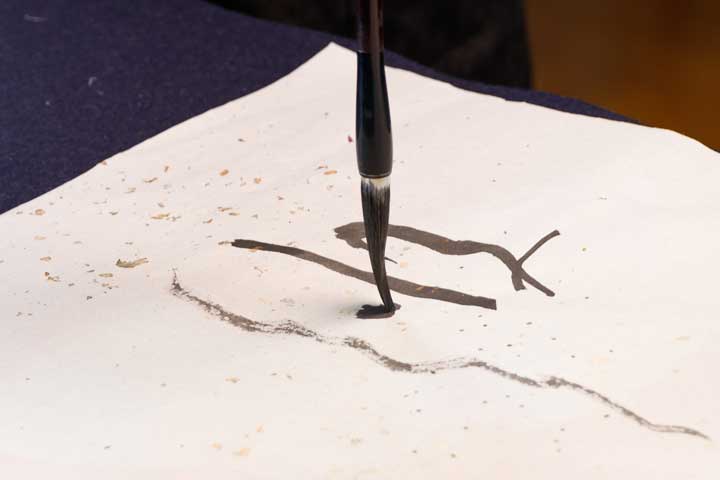
In addition to calligraphy, kanji can be found in various art forms, such as traditional ink paintings, ceramics, textiles, and even modern graphic design.
The depth and nuance of kanji allow artists to convey complex ideas and emotions through a single character, making them an ideal medium for both traditional and contemporary artistic expression.
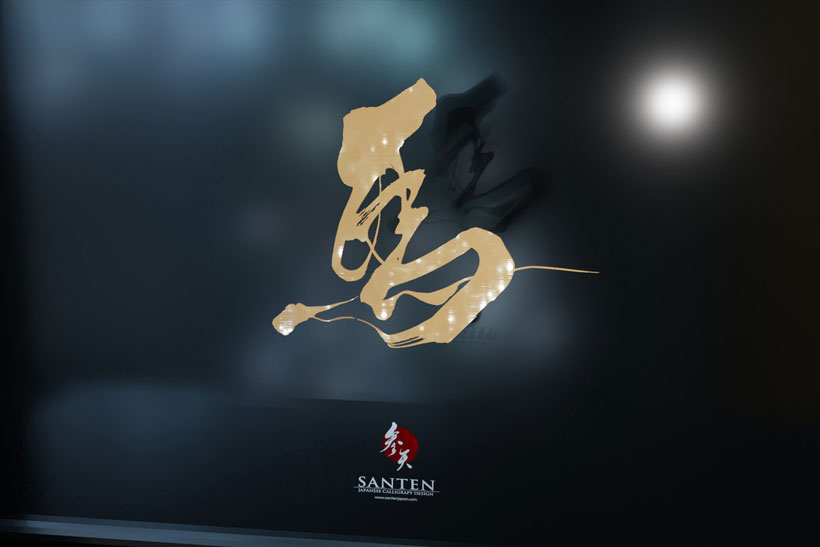
Kanji in Logo Design
The use of kanji in logo design can create a powerful and memorable visual identity for businesses and brands.
Kanji-based logos can convey a sense of tradition, authenticity, and sophistication while making a strong impression on both Japanese and non-Japanese audiences.
Many companies, especially those with a connection to Japanese culture or products, opt for kanji logos to distinguish themselves from competitors and to create a lasting image in the minds of consumers.
Incorporating kanji characters into a logo can communicate a company’s values, mission, or unique selling points in a way that is both aesthetically pleasing and culturally significant.
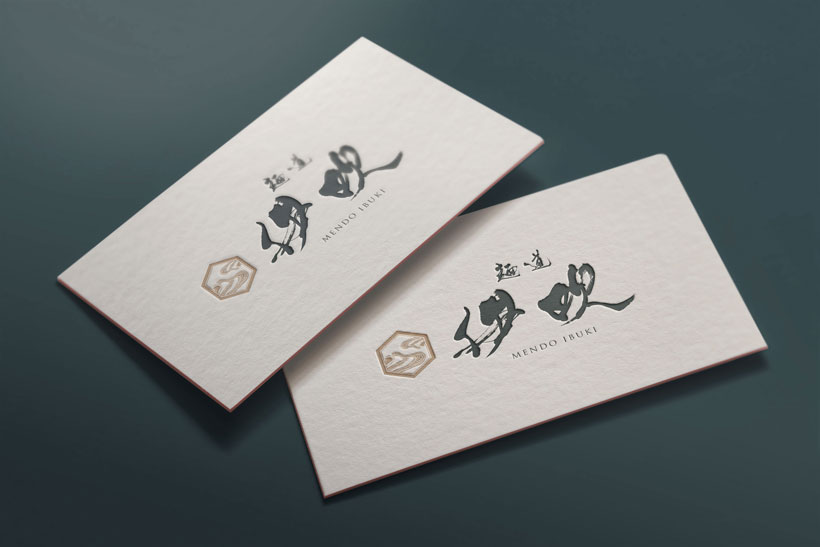
Conclusion
Kanji’s distinctive beauty and rich history make them an invaluable aspect of the Japanese language and culture.
Learning kanji not only helps in understanding the written language, but also offers insights into the complexities and subtleties of Japanese culture.
As we have seen, kanji’s influence extends beyond the realm of language, making its mark on art, calligraphy, and even logo design.
By studying and appreciating kanji, we can gain a deeper understanding of the unique characteristics that define Japan’s cultural heritage.
About Us
SANTEN Design is a company specializing in the production of brush lettering logos.
We specialize in the creation of flexible brush lettering logos to suit a variety of uses and requests.
We will be happy to provide you with quotations, consultations on various types of production,
and of course, detailed information on our achievements.
Please feel free to contact us for a quotation.
